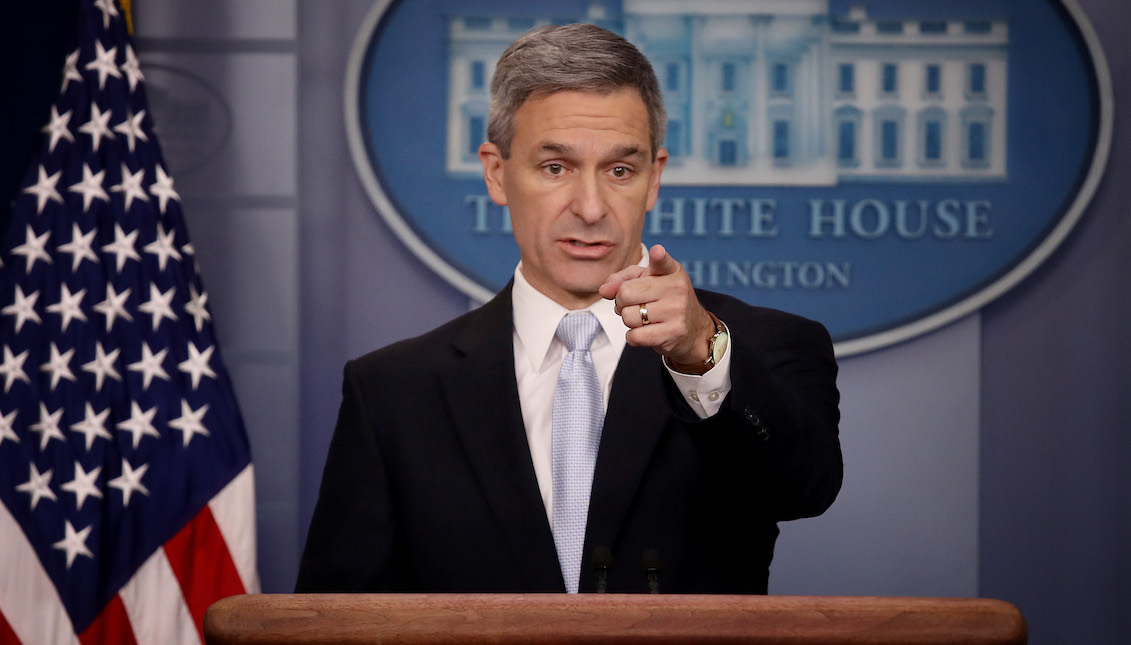
Donald Trump against "poor" immigrants
Last Monday the Trump Administration unveiled its latest strategy to curb legal immigration in the country.
The Trump administration is determined to close all borders - whether physical or bureaucratic.
The last example of this was the strategy the government unveiled last Monday that intends to submit immigrants entering the country through regular routes to an examination of resources that can determine their ability to sustain themselves economically during their stay in the country.
Whether they are students or sponsored by exchange programs, any immigrant who wishes to apply for a green card will be examined under the new government statutes.
"Poor immigrants will be denied permanent legal status, also known as a green card if they are deemed likely to use government benefit programs such as food stamps and subsidized housing," explains the NYT. "Wealthier immigrants, who are designated as less likely to require public assistance, will be able to obtain a green card."
While the measure will not affect people with an already approved residence, those serving in the military, or refugees, this strategy is a new way for the government to get its message even further: not everyone can come to the United States while Trump is president.
For Marielena Hincapié, executive director of the National Immigration Law Center, the consequences could be even more worrying.
“It will have a dire humanitarian impact, forcing some families to forgo critical lifesaving health care and nutrition. The damage will be felt for decades to come,” she told the NYT.
RELATED CONTENT
The measure was announced by Kennet T. Cuccinelli II, the interim director of the U.S. Immigration and Citizenship Services (USCIS), who while speaking to the media at the White House said the new measure "will allow the government to insist that immigrants who come to the country were self-sufficient and would not be a drain on society.”
“The benefit to taxpayers is a long-term benefit of seeking to ensure that our immigration system is bringing people to join us as American citizens, as legal permanent residents first, who can stand on their own two feet, who will not be reliant on the welfare system, especially in the age of the modern welfare state which is so expansive and expensive,” he said.
As Cuccinelli continued, the agency will allocate $400,000 a year in analysis, evaluations, and estimates of the profile of each of the applicants, favoring the wealthiest.
The government had been contemplating the proposal for at least a year, when the Immigration Policy Institute (MPI) assessed that 69 percent of typical applicants had "at least one negative factor" according to the government pilot test, while only 39 percent had some positive factor, especially having "income at or above 250 percent of the federal poverty level."
The study carried out by the MPI determined that "there would be a disproportionate effect on women, children and the elderly" and it could “shift legal immigration away from Latin America and towards Europe in particular."











LEAVE A COMMENT: